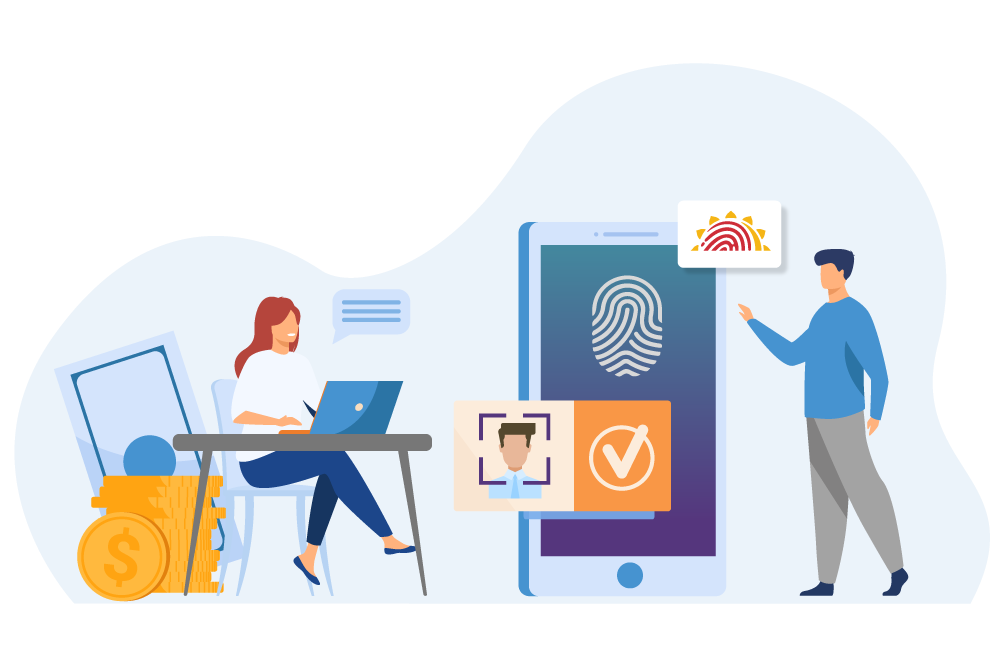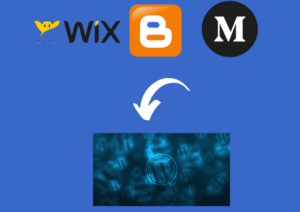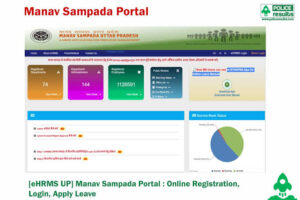What is Video KYC ? Everything that a bank account holder must know.

The Reserve Bank asked banks and other regulated financial entities not to impose any punitive restriction against customers for failure to update KYC till December end, in view of the second wave of coronavirus cases.
The RBI has also decided to extend the scope of video KYC (know-your-customer) or V-CIP (video-based customer identification process) for new categories of customers such as proprietorship firms, authorised signatories and beneficial owners of legal entities.
What is Video KYC?
Video KYC procedure is an automated & video-based customer due diligence process involving digital KYC verification for the purposes of customer onboarding.
Video KYC allows businesses to utilize document image capture, digital ID validation & a face-to-face interaction with a trained official to digitize and expedite the KYC process.
Video KYC identification has been mandated in various forms by regulators, including V-CIP for banks & NBFCs, V-BIP for insurance companies & VIPV for SEBI-registered intermediaries.
The shift to video-based KYC methods is welcome, especially due to the increased demand for digitized methods in response to the conditions of the COVID-19 pandemic; and has already resulted in massive benefits for the BFSI sector and for customers by reducing operational costs & allowing contact-less customer onboarding.
How Video KYC boosts Businesses?
The PMLA Act states that investment platforms, telecom companies, and lenders can acquire details of the customer digitally before acquiring them on their platforms.
Performing video based KYC verification is extremely cost-effective and saves entities a substantial amount of time.
A report by the expert committee of MSMEs has suggested certain steps to perform KYC via video.
What is the procedure to perform video KYC?
Customers of MSMEs need to register on the website or mobile app of the entity.
The customer schedules a date and time for the onboarding process to start.
An official from the MSME initiates the video KYC process by inviting the customer to a video call.
The customer’s Aadhaar card is then verified. This is done through Aadhaar authentication for banks and offline for other entities.
Also read – Best camera smartphone competes with DSLR.Price, specifications.
The official asks the customer to display their PAN card, whose image is captured and authenticated.
The official also verifies the customer’s real-time location using geo-tagging software.
The official then matches the customer’s image captured on video with the image in the PAN card using facial matching capabilities.
The official asks the customer three random questions to ensure that it is a live interaction.
The session is concluded and the official decides whether or not to accept the customer’s video KYC information.
Finally, the official stores the recorded video interaction for future use.
Image proof of identity and address with the video id KYC is uploaded to the platform for digital identification.
Once the verification process is complete the customer is duly informed. If any customer is not comfortable with the digital process an option of a physical visit by the MSMEs representative is possible.
Advantages of Video KYC in India.
Video KYC allows customer verification using facial matching, automated data extraction, and Machine Learning techniques and is done all in real-time.
The process for video KYC can be done from the comfort of your home. All you need is a laptop, smartphone, or tablet with a working internet connection.
All interactions are recorded and stored for the future.
Onboardscustomers extremely fast using Artificial Intelligence (AI).
The process slashes onboarding costs by 90% and drastically reduces turnaround time from 30-20 days to 10 minutes.
How does Video KYC Impact us in 2020?
Several banks and lending institutions have started the process of implementing guidelines for an effective video KYC process.
Multiple products such as remote onboarding of savings account customers and acquiring a credit card can be done through the video KYC process.
A lot of non-banking lenders are also in the process of implementation.
Here are a few key points on how video KYC will impact and benefit us in times to come:
Prevent scams and malicious activity from taking place.
Dealing with criminal activities such as money laundering.
Making sure investor assets are safe.
Helps in fighting fraud.
Creates a streamlined process through automation.
Reduces paperwork.
Extremely cost-effective.
Also read – 5G trials set to begin in India and to be launched very soon.Full details.



